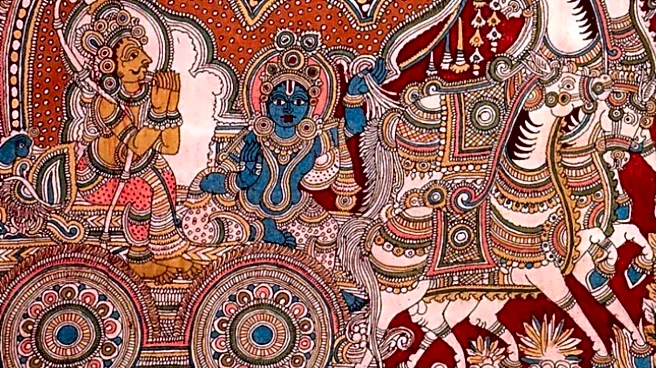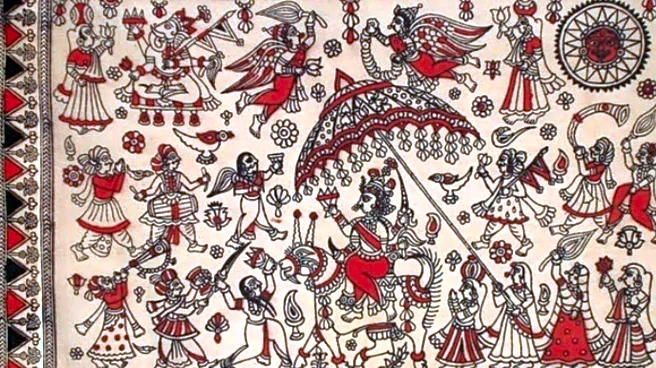In the evolving world of interiors, India’s design story is being rewritten, one handcrafted piece at a time. The timeless touch of Indian artisanship is finding its way into contemporary spaces, not as a nostalgic afterthought but as a statement of identity, purpose, and artistry.
“Art has always spoken of a particular place and time,” says Punam Kalra, Interior Designer and Creative Director, I’m the Centre for Applied Arts. “Indian artisans, who have evolved from the modest vernacular styles of the past to the more extravagant traditional styles of recent times, have now found a new stage with modern aesthetics.”
Kalra notes that collaborations between artisans and new-age interior designers have opened an exciting dialogue between heritage
and modernity. What was once a commissioned piece has now become part of a broader design concept, one where ideas from multiple disciplines come together to create something that feels both fresh and personal.
She explains, “Terracotta craft pieces are now staged like sculptures in a galleria, gold leaf foil patterns add delicate accents to minimal furniture, and Kalamkari artworks are being customised into wallpapers.” Each craft is being reimagined through a contemporary lens. The once-rigid boundaries between traditional and modern design have dissolved, Athangudi tiles reinterpret Victorian patterns, Thappi plaster becomes a feature wall finish, and classic Hundi lamps now gleam in clear glass and geometric forms. “Every artisanal piece is welcomed into a space with a practical eye, making it as meaningful as it is authentic,” adds Kalra.
This reinvention, however, is not limited to established studios. Small businesses and independent creators are also shaping the new craft narrative working with Lippan art, resin décor, and mixed media to make traditional art accessible, personal, and modern. The result is an aesthetic bridge between eras, Indian homes that are no longer divided between the traditional and the contemporary, but harmoniously bridged by both.
Anjaleka Kripalani, Interior Architect and Founder, Angie Homes, echoes this sentiment. “India has always been a land of craftsmanship, where every state has its own heritage of art and design from wood and metalwork to fabric and embroidery,” she says. “At Angie Homes, we merge these timeless traditions with modern aesthetics, ensuring that our spaces feel grounded, relevant, and global.”
Kripalani explains that the goal is not to replicate the past but to reinterpret it. “We take traditional materials, motifs, and techniques, and reframe them into clean, useful, contemporary forms,” she notes. By partnering directly with artisans across India, Angie Homes preserves legacy crafts while evolving them to fit a contemporary design language.
Each piece, she says, carries a human touch, brass detailing, handwoven textiles, or intricately carved wood that blends heritage with modern function. “Contemporary design doesn’t have to be minimal or mechanical, it can be soulful, approachable, and personal.”
Through this fusion of the rich textures of Indian artistry and the simplicity of modern design, Kripalani believes homes are now becoming living stories, spaces that embody culture, memory, and individuality. “The future of Indian design lies in this balance, a combination of tradition and innovation that honours our roots while reflecting the evolving tastes of a global audience.”














